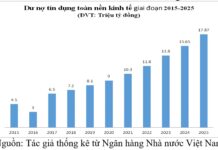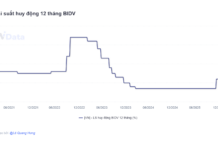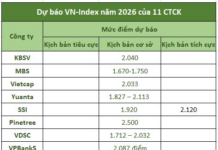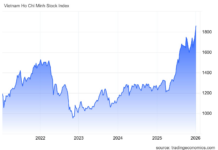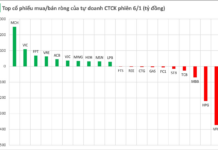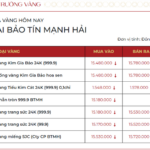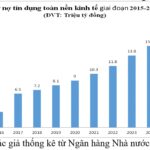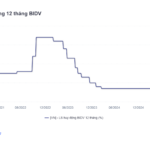This discussion on promoting ESG practices in the banking industry, organized by the Banking Times, could not have been more timely.

A lively discussion
Promoting Green Banking and Green Credit
In her opening remarks, Ms. Hoang Thanh Nhan, Editor-in-Chief of Banking Times, highlighted the environmental and social challenges faced by Vietnam, including the adverse effects of climate change on its economy and people’s livelihoods. She emphasized the need for a shift towards green banking and green credit practices to align with the country’s commitment to sustainable development goals.

Ms. Hoang Thanh Nhan, Editor-in-Chief of Banking Times
Vietnam has actively participated in international commitments towards a green transition, reducing greenhouse gas emissions, and mitigating the impacts of climate change. At COP26, the Prime Minister pledged to achieve net-zero emissions by 2050. To realize this goal, adopting ESG practices is imperative. As intermediaries in the financial sector, banks and financial institutions in Vietnam are increasingly integrating ESG into their operations, contributing to the country’s sustainable development agenda.
Recognizing the importance of ESG in the banking sector, the State Bank of Vietnam (SBV) has introduced various policies to promote green banking and green credit practices. The SBV has also collaborated with the IFC to develop a handbook for assessing environmental and social risks in 15 high-risk economic sectors.

Ms. Pham Thi Thanh Tung, Deputy Director of the Credit Department for Economic Sectors, SBV
Ms. Pham Thi Thanh Tung, Deputy Director of the Credit Department for Economic Sectors, SBV, shared the efforts made by the central bank. These include flexible monetary policy tools, developing guidelines for green banking and credit, and issuing regulations on green credit and ESG practices linked to environmental protection goals. As a result, 80-90% of banks have partially or fully adopted ESG in their operations, and nearly 50% have established dedicated departments for managing environmental risks in lending.
Furthermore, some banks have introduced “Green Credit Frameworks” and “Sustainable Loan Frameworks” to manage and allocate capital for green projects and reduce emissions. Several banks have also published standalone sustainability reports.
As of March 31, 47 credit institutions reported green credit outstanding balances of nearly VND 640 trillion, accounting for 4.6% of the economy’s total outstanding credit. 34 credit institutions reported assessing environmental and social risks for a credit balance of about VND 2.9 quadrillion, representing 21% of the economy’s total outstanding credit.
The assessment of environmental risks, as per Circular No. 17/2022/TT-NHNN, revealed that most credit institutions have integrated environmental risk management into their credit granting and risk management processes. Additionally, 35 credit institutions have issued separate regulations for environmental risk management.
Credit institutions are also paying more attention to developing their environmental risk management departments. 11 institutions have established dedicated units or sub-committees for sustainable development. In some cases, these departments can participate in the re-evaluation of loans for projects with medium and high environmental risks.
The number of projects/customers that have been granted credit with environmental risk management is 110,371, and the credit balance with environmental risk management is VND 991,378 billion.
Challenges in Adopting ESG for the Banking Sector
The discussion at the forum delved into the challenges and obstacles faced by the banking industry in implementing ESG practices.

Dr. Pham Minh Tu, Deputy Director of the Bank Strategy Institute
Dr. Pham Minh Tu, Deputy Director of the Bank Strategy Institute, categorized the ESG practices of the banking industry in Vietnam into three groups:
Group 1: Pioneer credit institutions in implementing ESG practices: BIDV, VCB, VPBank, MBank, TPBank, HDBank, and Home Credit.
Group 2: Credit institutions in the process of preparing ESG plans.
Group 3: Foreign banks, which usually follow the plans of their head offices in other countries.
“Currently, even the most pioneering banks in Vietnam are in the early stages of implementing ESG practices. There are still many challenges ahead for banks to catch up with ESG,” said Dr. Pham Minh Tu.
From a management perspective, the Deputy Director of the Credit Department for Economic Sectors, SBV, pointed out the lack of national criteria and guidelines for identifying green projects and sectors. Additionally, there is a need for more specific regulations and guidance from specialized management agencies on ESG.
The capital requirements for implementing the national green growth strategy are substantial, while the sources of capital to support businesses and investors from the financial market and carbon credit market are still underdeveloped or not yet implemented, putting long-term capital pressure on the banking system.
Moreover, the capacity for governance and strategic vision on ESG among enterprises, especially small and medium-sized enterprises, is a significant barrier. This hinders the transition to a sustainable business model and the practice of ESG in Vietnam, affecting the effectiveness of credit granting and risk management by credit institutions.

Dr. Nguyen Thi Thu Ha, Director of the Training School and Deputy Head of the ESG Steering Committee, Agribank
Dr. Nguyen Thi Thu Ha, Director of the Training School and Deputy Head of the ESG Steering Committee at Agribank, echoed the sentiment, stating that there are numerous challenges to implementing ESG practices in Vietnam, both within and outside the banking sector.
Internally, green credit requires specialized environmental technical knowledge, making it challenging for credit officers to assess project effectiveness and borrowers’ repayment capabilities.
Externally, investments in green sectors often demand longer payback periods and higher initial costs. In contrast, most of the credit institutions’ loan capital comes from short-term deposits, making it difficult for them to balance their capital and comply with the prescribed ratio of short-term capital used for medium and long-term loans.
“Another issue is whether the bank will approve a loan for a customer without collateral,” Dr. Nguyen Thi Thu Ha questioned.

Dr. Le Hai Trung, Deputy Head of the Banking Faculty, Banking Academy
Dr. Le Hai Trung, Deputy Head of the Banking Faculty at the Banking Academy, acknowledged Vietnam’s determination but pointed out the challenges in implementation. He noted that even the ESG ecosystem in Vietnam is not yet well-defined.
Sharing Home Credit’s experience in ESG practices, Mr. Jakub Kudrna, Chief Strategy Officer and Head of the ESG Steering Committee at Home Credit Vietnam, said, “Home Credit has established ESG principles with six main pillars: responsible finance, economic growth, empowerment in a digital environment, financial inclusion, sustainable community, and diverse workforce. Responsible finance and empowerment in a digital environment are particularly woven into Home Credit’s culture.”
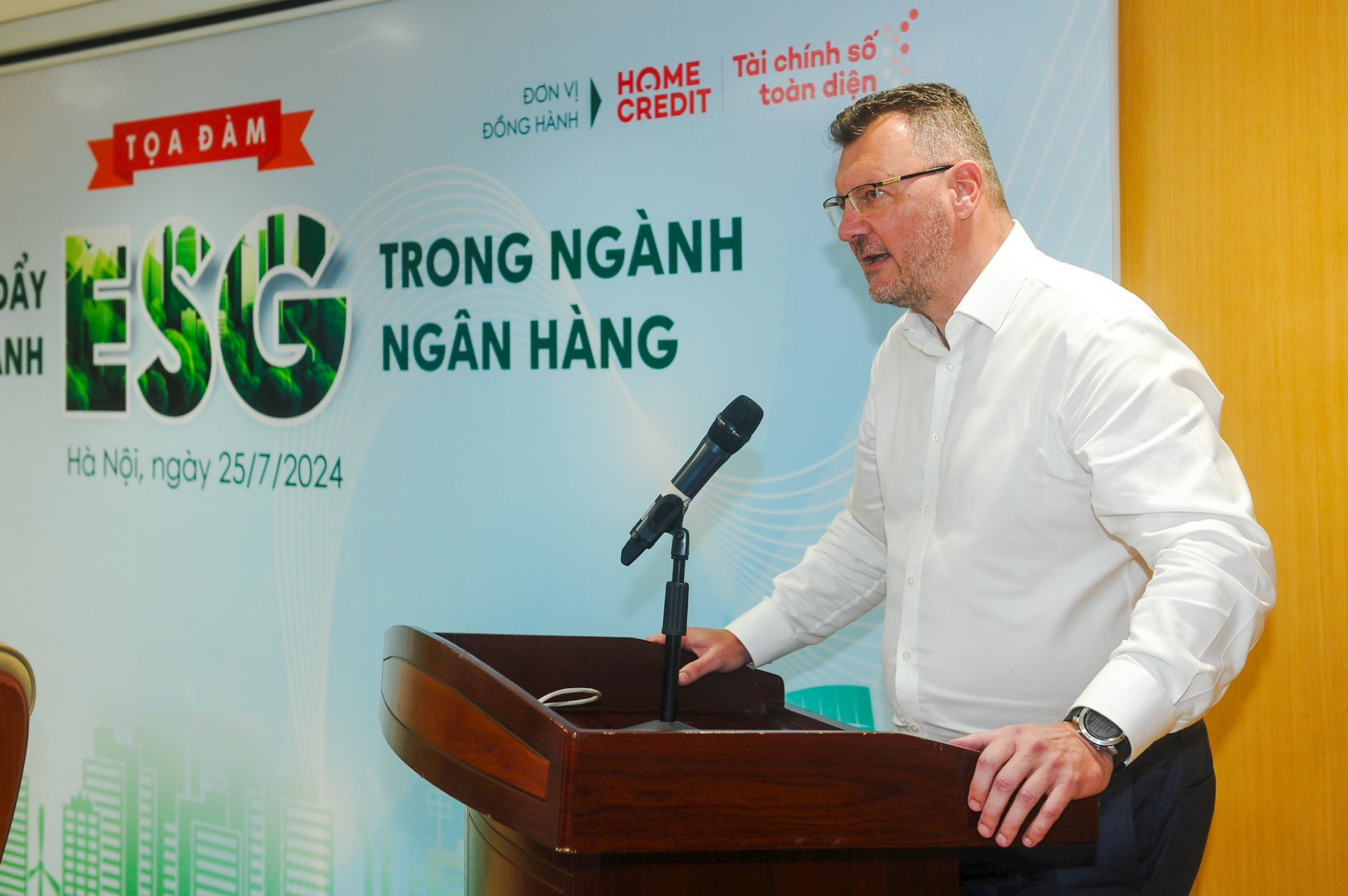
Mr. Jakub Kudrna, Chief Strategy Officer and Head of the ESG Steering Committee, Home Credit Vietnam
“It’s important to note that when practicing ESG, we cannot operate in isolation. We cannot build separate or parallel plans for implementing ESG and business strategies. ESG practices must be an essential part of a company’s development strategy,” emphasized Mr. Jakub Kudrna. He further asserted that no individual or single entity can achieve sustainability alone; it requires collaboration across industries and businesses to create a more cohesive and sustainable environment.
The Advantages of Saint-Gobain in the “Green Racing” Track
Pioneering early investments in the production and supply of lightweight, sustainable construction materials, Saint-Gobain has achieved success and is ready to expand its ecosystem of these solutions to meet the potential market demand in Vietnam.
Capital Raising for Sustainable Growth
The trend of greening the economy is becoming increasingly popular worldwide, and Vietnam is no exception. As a result, the demand for green credit is also growing, aiming to promote the transition to a green economy and sustainable development. However, the domestic source of green credit is still limited, necessitating the need to expand the funding for this sector.







